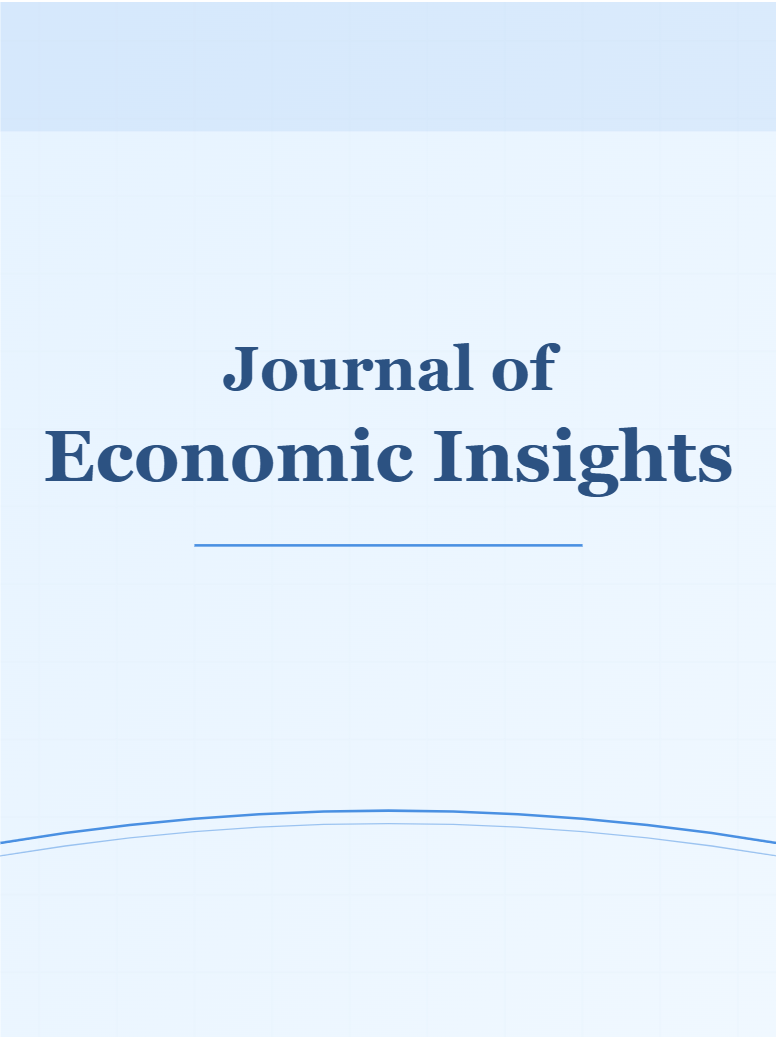Abstract
How do individuals adjust their savings and consumption behaviors in response to the combined effects of increased life expectancy and declining pension replacement rates? This study constructs a life-cycle model, using changes in conditional survival probabilities as a proxy for shifts in individual life expectancy, to examine consumption behavior under the dual backdrop of prolonged longevity and a gradual decline in pension replacement rates. The results suggest that changes in life expectancy and pension replacement rates together explain 8.9% to 10.2% of the observed decline in consumption in recent years, with both variables playing equally significant explanatory roles. Furthermore, we find that, to fully offset the negative impact of increased life expectancy on consumption, the pension replacement rate must reach at least 82%. These findings offer theoretical and policy implications for improving the quality of life in later years among enterprise employees in the context of population aging.
References
Altonji, J. G., Segal, L. M. (1996). Small-Sample Bias in GMM Estimation of Covariance Structures. Journal of Business & Economic Statistics. 14(3), 353-366.
Attanasio, O. P., Brugiavini, A. (2003). Social Security and Household Saving. The Quarterly Journal of Economics. 1075-1118.
Attanasio, O. P., Rohwedder, S. (2003). Pension Wealth and Household Saving: Evidence from Pension Reforms in the United Kindom. The American economic review. 93(5), 1499-1521.
Bai, C., Li, H., Wu, B. (2012). Health Insurance and Consumption: Evidence from China's New Rural Cooperative Medical Scheme, Economic Research Journal. (2), 41-53.
Blake, D. (2004). The Impact of Wealth on Consumption and Retirement Behavior in the UK, Applied economics. 14(8), 555-576.
Bottazzi, R., Jappelli, T., Padula, M. (2006). Retirement Expectations, Pension Reforms, and Their Impact on Private Wealth Accumulation. Journal of Public Economics. 90(12), 2187-2212.
Cao, R., Zhou, Y. (2021). How Does Continuous Pension Adjustment Affect Consumption of Enterprise Retirees? Consumer Economics. 37(1), 15-26.
Carroll, C. D. (2006) The Method of Endogenous Gridpoints for Solving Dynamic Stochastic Optimization Problems. Economics Letters. (91), 312-320.
Cooper, R., Ejarque, J. (2003). Financial Frication and Investment: Requiem in Q. Review of Economics Dynamics. 6(4), 710-728.
Engelhardt, G. V., Kumar, A. (2011). Pensions and Household Wealth Accumulation. Journal of Human Resources. 46(1), 203-236.
Fang, K., Zhang, Z. (2013). The Impact of Social Security on Urban and Rural Household Consumption. Statistical Research. 30(3), 51-58.
Feldstein, M. (1974). Social Security, Induced Retirement, and Aggregate Capital Accumulation. Journal of Political Economy. 82(5), 905-926.
He, L., Feng, J., Sato, H. (2008). The Impact of Pension Reform on Household Savings Rate: Empirical Evidence from China. Economic Research Journal. 43(10), 117-130.
He, L., Jiang, Z. (2015). The Consumption-Promoting Effect of the New Rural Pension Scheme: Analysis Based on CHARLS Data. Population & Economics. (1), 116-125.
Jiang, Y., Quan, M. (2018). China's Population Structure, Pension Insurance, and Household Consumption. Economic Survey. 35(1), 131-137.
Kotlikoff, L. J. (1989). Health Expenditures and Precautionary Savings, What Determines Savings. Commonwealth of Massachusetts: MIT Press. 50-92.
Li, Z., Zhao, Q. (2015). Does China's Urban Pension System Crowd-In Household Consumption? Evidence from Time-Series and Panel Data. Journal of Public Management. 12(4), 102-110+158.
Liu, W., Hang, B. (2013). A Study on Savings Behavior of Urban Residents in China Under Population Aging. Statistical Research. 30(12), 77-82.
Martin, B., Thomas, F. C. (2001). The Life-Cycle Model of Consumption and Saving. Journal of Economic Perspectives. 15(3), 3-22.
Nardi, D. et al. (2006). Differential Mortality, Uncertain Medical Expenses, and the Saving of Elderly Singles. National Bureau of Economic Research Working Paper. NO. 12554.
Nardi, M. D., Fella, G. (2017). Saving and Wealth Inequality. Review of Economic Dynamics. (26), 280-300.
Nardi, M. D., French, E., Jones, J. B. (2009). Life Expectancy and Old Age Savings. American Economic Review. 99(2), 110-115.
Nardi, M. D., French, E., Jones, J. B. (2016). Savings After Retirement: A Survey. Chicago Fed Letter. 356.
Nardi, M. D., French, E., Jones, J. B. (2010). Why Do the Elderly Save? The Role of Medical Expenses. Journal of Political Economy. 118(1), 39-75.
Palumbo, M. G. (1999). Uncertain Medical Expenses and Precautionary Saving Near the End of the Life Cycle. Review of Economic Studies. (66), 395-421.
Wu, M. (2019). Subjective Life Expectancy and Consumption Behavior of Chinese Elderly. Aging Science Research. 7(7), 50-60.
Xu, S., Zhao, S. (2013). The Impact of the "Dual-Track" Pension System on Urban Residents' Life-Cycle Consumption Disparity, Economic Research Journal. (1), 83-98.
Yogo, M. (2016). Portfolio choice in retirement: Health risk and the demand for annuities, housing, and risky assets. Journal of Monetary Economics. 80(C), 17-34.
Yue, A., et al. (2013). The Effect of the New Rural Social Pension Insurance on Household Daily Expenditure. Management World. (8), 101-108.
Zhang, C., John, G., Zhao, Y. (2015). Evaluating the Policy Effects of the New Rural Social Pension Insurance: Income, Poverty, Consumption, Subjective Well-being, and Labor Supply. China Economic Quarterly. 14(1), 203-230.
Zou H., et al. (2013). The Impact of Pension and Medical Insurance on Urban Household Consumption. Statistical Research. 30(11), 60-67.
Zou H., Shen P. (2018). The Impact of Pension Systems on Household Consumption: New Evidence from CHFS Survey Data. Consumer Economics. 34(3), 29-34.

This work is licensed under a Creative Commons Attribution-NonCommercial 4.0 International License.
Copyright (c) 2025 Yuqing Han, Qingshan Ma

